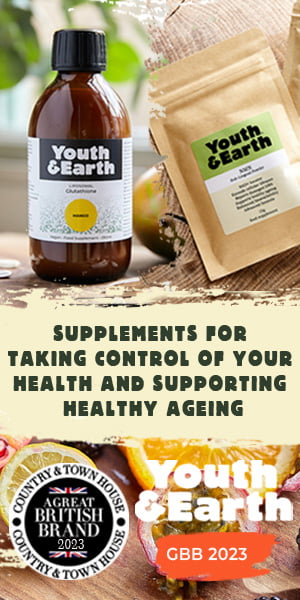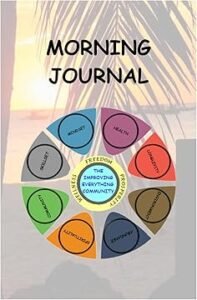Introduction
Water is essential for life — not only for drinking, but also for agriculture, industry, and healthy ecosystems. Poor water quality can lead to disease, harm wildlife, and disrupt communities.
Threats to clean water come from agricultural runoff, industrial waste, sewage discharge, and pollution from everyday household products. Protecting and improving water quality is critical for safeguarding public health and environmental sustainability.
Key Takeaways
- Clean water is essential for human health, food production, and biodiversity.
- Pollution sources include agriculture, industry, and untreated sewage.
- Improving water quality requires prevention, monitoring, and restoration.
- Individuals can contribute through mindful consumption and pollution reduction.
1. Sources of Water Pollution
- Agricultural runoff — fertilizers and pesticides entering rivers and lakes.
- Industrial discharge — chemicals and heavy metals released into waterways.
- Sewage and wastewater — untreated or poorly treated waste contaminating water.
- Plastic pollution — microplastics harming aquatic life and entering food chains.
2. Health and Environmental Impacts
Poor water quality can spread diseases like cholera and dysentery, while chemical contaminants can cause long-term health problems. Ecologically, polluted water disrupts aquatic habitats, reduces biodiversity, and affects the quality of soil and crops.
3. Strategies for Clean Water
- Upgrade wastewater treatment facilities.
- Implement buffer zones and wetlands to filter agricultural runoff.
- Reduce plastic use and improve waste management.
- Strengthen water quality monitoring and regulations.
4. What You Can Do
- Avoid pouring chemicals, oils, or medicines down drains.
- Reduce use of chemical fertilizers and pesticides.
- Support organisations that protect waterways.
- Conserve water at home to ease pressure on local systems.
FAQ
Q: How can I tell if water is safe to drink?
A: Municipal water providers supply regular quality reports; in rural areas, private wells should be tested annually.
Q: Is bottled water safer than tap water?
A: Not necessarily — in many countries, tap water meets or exceeds bottled water standards, and bottled water contributes to plastic waste.
Q: What’s the biggest threat to global water quality?
A: Agricultural runoff and inadequate wastewater treatment are among the most significant threats.
Internal Links
Related topics: Air Quality, Environmental Regeneration, Climate Change
Back to Sustainable Environment





